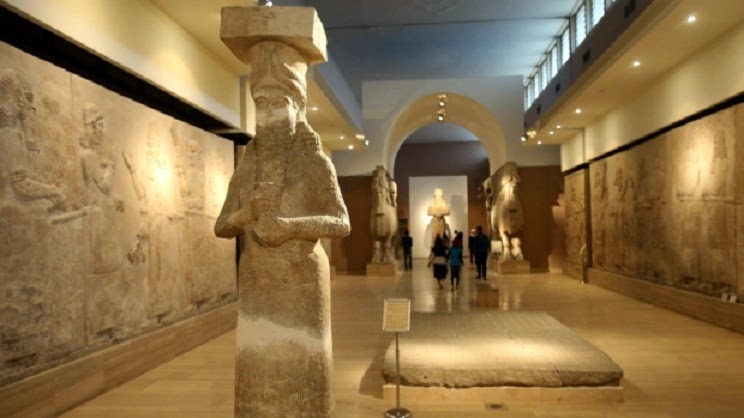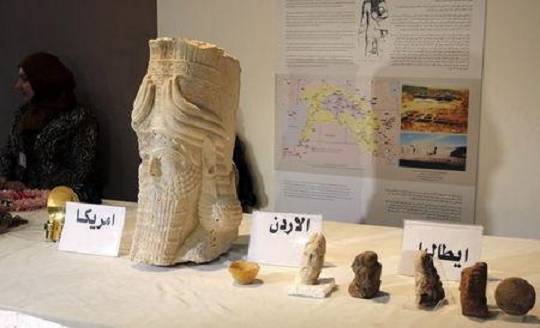Sew La Ti Embroidery [Search results for Iraq]
Iraq: Iraq celebrates return of antiquities
Iraq: Iraq says ISIS demolishes ruins to cover up looting

Iraq: Digitising Iraq’s cultural heritage

Middle East: UN nations agree to action to save Iraqi cultural sites

Near East: Islamic State in control of Palmyra ruins
Iraq: ICOM draws up 'red list' of Iraqi antiquities at risk

Near East: Antiquities market on alert for looted Syrian spoils

Near East: ISIS smashes priceless Palmyra artefacts

Iraq: US returns Iraqi artefacts recovered in Syria raid

Near East: ISIS spares Palmyra’s stunning ruins - for now

Middle East: Interpol steps up search for artefacts looted by ISIS

Near East: Syrian authorities seize 6,000 looted antiquities

Near East: Syrian forces repel ISIS advance on Palmyra

Raw grief of Jackass star's best friend: Heartbreaking video shows inconsolable Bam Margera as he visits spot where Ryan Dunn died in fiery crash

Travel: Key Artifacts from ISIS-endangered Palmyra, Syria on view at the Freer and Sackler Galleries

Near East: Islamic State plant explosives at ancient Palmyra

Syria: Turkey not returning smuggled artefacts to Syria

President and PM dish up burgers at 'Obama-Q' honouring American and British veterans

Near East: ISIS sets eyes on Syrian site of Palmyra

Lebanon: The archaeology of conflict-damaged sites


